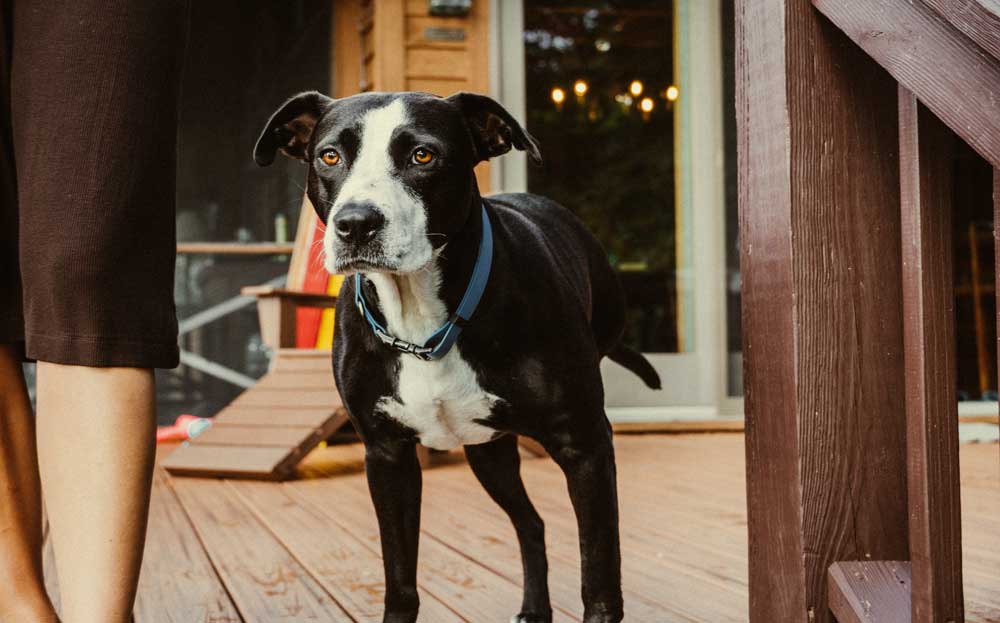Your dog is a part of the family, and it’s important to make sure they get plenty of exercise. But having a disabled pet who only has two or three legs can make taking them out on walks a little bit tricky and even more so if this is a new experience for you or your pup. Don’t let this stop you from giving your pup some fresh air, exercise and stimulation though!
Here are some tips to help you make walking more comfortable and enjoyable for your beloved three or two-legged friend.
Table of contents:
- Gearing up: Choose The Right Equipment
- Pace Your Walks & Choose The Right Terrain
- Stay Positive And Reward Good Behaviour
- Check For Soreness or Pain After Your Walk
- Final Thoughts For Successful Three-Legged Dog Walks
Gearing up: Choose The Right Equipment
When it comes to accommodating a three-legged pup, gear harnesses and leashes are essential. When selecting a gear harness, look for one with secure closures such as buckles or clips that won't come unfastened during activity. This will provide extra support and reduce the risk of slipping out of the harness during walks. Additionally, you'll want to choose the right leash for the walk. A shorter leash provides more control and security for your pup. If your pup is new to walks on 3 legs a 6-10 foot leash is recommended.
Extendable leashes are not recommended for 3-legged dogs because they can be hazardous and cause injury. While a short leash offers more control, an extendable leash can become tangled around their body, legs, or feet which can cause them to trip, stumble, or even become dragged along the ground.
Pace Your Walks & Choose The Right Terrain
When walking 3-legged dogs, it’s important to keep in mind that they need more frequent breaks than other pets. This means that instead of taking them on long hikes, try opting for shorter walks instead – aim for one 15 minute walk each day if possible. This way, you won’t risk overworking their muscles or putting too much strain on their joints, which can cause pain or injury if not properly managed.
Another great tip is to avoid any steep inclines or declines during these outings – even if there are stairs involved, take them slow and steady!
Stay Positive And Reward Good Behaviour
It can be easy to get frustrated when your pup is learning to walk on 3 legs, but stay positive – remember that patience is key here! Encourage your pup with words of affirmation every time they do something correctly; this will help boost their confidence as well as improve the bond between the two of you. After all, everyone loves feeling appreciated! And finally – never forget to reward them with treats when they do something good – this will definitely motivate them to continue learning new behaviors in the future!
Check For Soreness or Pain After Your Walk
Dogs are incredibly resilient animals, and although missing legs can make life a bit more challenging, it doesn't stop them from exploring and loving life. But having fewer limbs can also increase the strain on their muscles and joints, which is why it's important to ensure that your three or two-legged pup gets plenty of exercise without overexerting.
After a walk with your 3 or 2-legged pup, it is important to check for any signs of soreness or pain in their muscles and joints. To do this, you should gently palpate the joints and surrounding area while paying close attention to your dog's breaths, expressions and movements. If they appear uncomfortable or in pain during this process, you should seek professional assistance or monitor closely for signs of increasing discomfort.
Final Thoughts For Successful Two-Legged Dog Walks
Dog walking shouldn't be stressful - it should be enjoyable for both you and your pup! With these tips in mind, you'll be able to ensure that each walk with your 2 or 3-legged friend is safe, fun, and rewarding. Remember: patience pays off! So take it slow and enjoy spending quality time outdoors - your pup will thank you later! Happy walking!


